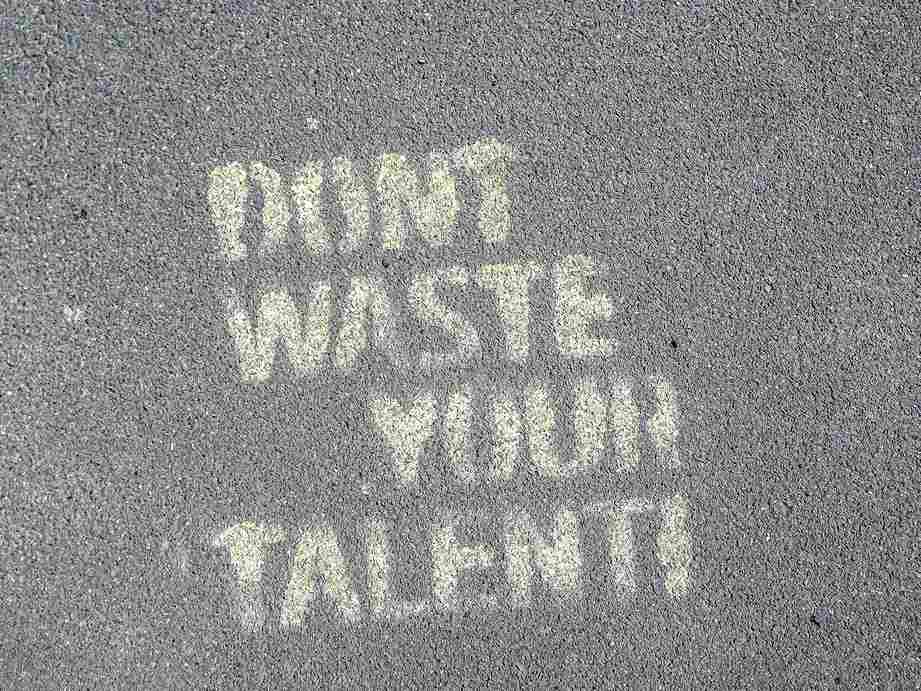Glossary: HR & Recruiting Definitions
What is Time to Fill?
Time to fill is a performance indicator in recruiting. HR managers use it to measure how long it takes to fill a position – measured from the creation of a new vacancy to the successful hiring of a new employee.
Time to fill: Definition
The time to fill indicates the time required in a company to successfully fill a vacant position with a new employee. It is therefore synonymously referred to as vacancy time or filling time. The value is calculated in days.
The key figure usually includes at least the following steps:
- Creation or notification of the need to personnel managers
- Creation of a job description
- Budget planning
- Posting the job advert
- Screening
- Candidate selection by interview
- Submission of a job offer
- Negotiations on salary, leave, etc.
- Signing of the contract
Many companies also include the waiting time until the newcomer joins the company. This is because there is no generally accepted definition of where the time to fill ends.
As it is not clear beyond doubt which step actually concludes the time to fill, it is debated whether it ends when the contract is signed or when the new employee joins the company. The most important arguments are summarised briefly:
- Arguments against the conclusion with the signing of the contract
From a technical point of view, the position is not yet “filled” when the contract is signed, because weeks or even months can still pass before the person hired actually starts working. There are often notice periods or preparation time to be taken into account.
- Arguments for closing with contract signing
The delays until the new recruit joins are usually unavoidable, but do not necessarily have anything to do with the efficiency of the recruitment process and thus tend to artificially drive up the time to fill.
Time to fill vs. time to hire
Time to fill and time to hire are often used synonymously. However, this is not correct, because time to hire, by definition, only begins with the publication of the job advertisement and ends with the signing of the contract. It is therefore only a subset of time to fill.
Another way to distinguish the two is through the insights that recruiting teams can gain from them:
- Time to fill tells how efficiently the whole recruitment process worked.
- Time to hire indicates how efficiently the recruiting team worked.
How is the time to fill determined?
The calculation of the time to fill can be done in two ways and is very simple:
Step 1: Calculate individual case
Determine the difference between the start and end dates of the recruitment process. The start date is the notification of the need, the end date – depending on the definition – the date the contract was signed or the first working day in the company. Time span calculators are a helpful tool here.
Option 2: Adding up days
Alternatively, you can simply add up the days that the individual work steps took during the process.
Step 2: Determine average
Individual cases do not provide a representative result. A truly meaningful indicator can only be obtained by calculating the average of several vacancy periods in the recent past.
Why is a too high time to fill problematic?
Time to fill allows valuable conclusions to be drawn about how efficiently a company’s recruiting process actually works. If the process takes too long, a whole series of consequential problems pile up for searching companies:
- Increased cost of vacancy
Time to fill is often considered only in terms of the budget for job postings and related advertising expenses – which naturally add up as the process continues.
However, it is the overall picture of costs that is decisive, including the costs that an unfilled vacancy basically causes for companies (cost of vacancy). This is usually much higher than the budget for active recruitment.
- Company is slowed down The absence of a leader or team member can severely slow down or stagnate processes within the company, causing the company’s productivity to suffer tremendously.
- High workload for the rest of the team
At the same time, the risk of overwork and burnout increases in the team, as team members may have to do considerable extra work to maintain the company’s productivity.
In their own interest and that of their employees, companies would do well to reduce the time to fill as much as possible.
How can it be reduced?
In order to reduce the time to fill to a manageable level, companies have several options to streamline the process:
- Temporary work Temporary workers are quickly brought into the company and can bridge the filling period. Their salary can also reduce the cost of vacancy while the company continues to search – or hires the temporary worker down the line.
- Engage personnel service providers Headhunters and recruitment agencies are designed to be efficient and can provide good candidates faster and more specifically than many companies could on their own. This can also save costs.
- Build a talent pool
Sometimes you have good candidates who would be better suited to another position. Instead of simply letting them go again,
it is worthwhile to build up a talent pool and retain these talents as candidates for later vacancies. In this way, some positions can be filled more quickly and in a more targeted manner in the future.
- Talent sourcing
The direct search and approach of suitable talents can also contribute to shortening the time to fill. However, talent sourcing is very time-consuming and is not suitable for every position.
For the development of a talent pool and active talent sourcing, the GDPR should always be kept in mind. You can find more possible measures for faster hiring success in our article on the time to hire metric.
Simplify your hiring process and workflow
Understand how to create job ads that actually work. Leverage winning strategies to best promote ads. Find the ideal candidate faster.
Already have an account? Sign in
Similar terms
Related to “T”
 Build compelling job ads
Build compelling job ads
 Promote ads on job search sites
Promote ads on job search sites
 Manage candidates easy
Manage candidates easy



